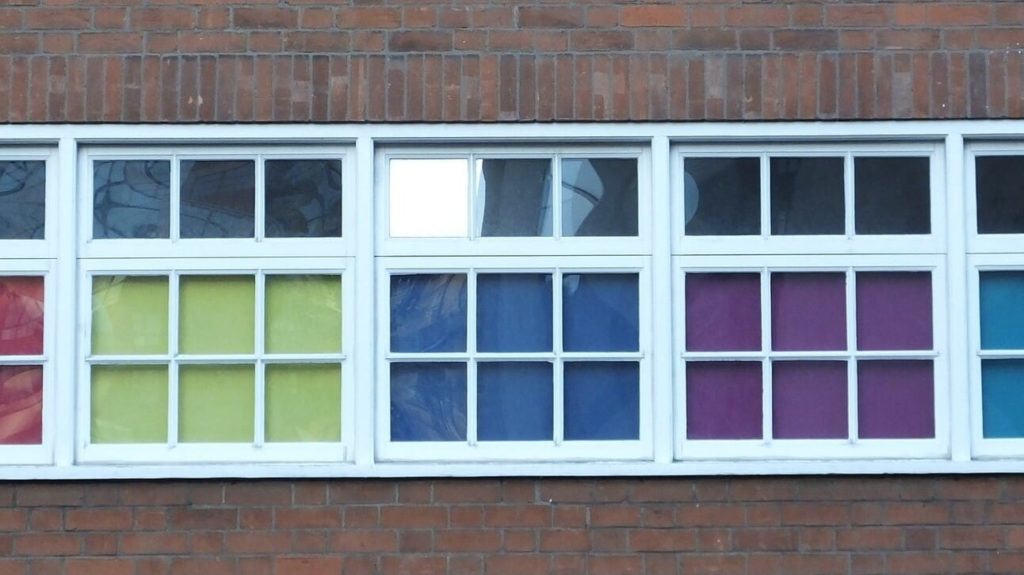Scheduling Note: Cost Curve is off tomorrow, back on Monday.
Oh, we’re heavy into transparency report season now. I’ve dug up two additional sources for list- and net-price changes, which — when combined with the three other companies providing data points — provide a kind of mosaic picture of what the industry’s business practices look like.
First, the numbers. GSK dropped its disclosures both in its annual report and in a more-detailed ESG report**:
List price: Up 3.2%
Net price: Up 0.4%
Novo Nordisk also made those two figures public in its 2023 annual report:
List price: Up 2.8%
Net price: Down 8.2%
Novo’s average discount is mammoth: “Novo Nordisk has provided sales discounts and rebates amounting to 74% of US gross sales in 2023.” The company also breaks out insulin-only figures, which are far more dramatic (net price is down 24.4%, following a 19.9% decrease last year). One note: the list-price cuts on Novo’s insulin happened on Jan. 1, 2024, so that isn’t reflected in these numbers.
Combining those disclosures with similar efforts from Merck, UCB, and Sanofi, the overall picture of the industry is becoming clear: there are massive differences between the economics of companies with high-rebate portfolios (Novo/Sanofi/UCB) and those that are built in low-rebate areas (Merck in Part B oncology, GSK in vaccines).
That’s not a perfect dichotomy: these companies all have diverse portfolios. I mean, Merck has its share of high-rebate products (Januvia at 90% discounts!), and Sanofi has a vaccine business. But it’s still instructive and demonstrates, by and large, that the rebates are a huge and growing part of certain markets.
There is a related point here on insulin prices: they are in free-fall from a net perspective, and that’s before the price cut. I know insulin remains a salient political issue, but I can’t see any reason why price would be a systemic issue in the real world right now given net prices and bulked-up access programs. I mean, a 24% drop in net prices? After years of similarly dramatic drops?
(Quick note: Novartis is also out with their annual report, which adheres to the same reporting standards — SASB, for the ESG geeks — as GSK and Novo are using. But Novartis doesn’t report those list- and net-price numbers, even though they’re part of the SASB standards.)
** The GSK report has some other nice details, including a granular, longitudinal look at its vaccine donation figures. It’s great to have that kind of information out there in the public domain.
I warned on Monday that “we’ll be talking more about obesity meds this week,” and today is apparently the day. STAT and Axios have stories about the possibility that Medicare plans will begin to cover Wegovy, given last Friday’s approval for the use of Wegovy for the prevention of cardiovascular outcomes in patients with obesity. I’m not completely sure how that happens, both as a matter of law and as a matter of health plan policy (and both stories are vague on the specifics), but it’s going to be well worth watching how this evolves.
The leaders of the Senate Finance Committee are out with a letter pushing for PBM reform, implicitly in the remaining must-pass spending legislation. It feels like a big lift to get this kind of thing inserted at the 11th hour — it’s not like there wasn’t an effort earlier — but I’m currently sitting 1,200 miles from Washington, D.C. and don’t have an insider’s perspective. Relatedly: the Senate Finance guys (Ron Wyden and Mike Crapo) are also leaning into the PBM vs. pharmacy framing, rather than the PBM vs. pharma framing, which is an interesting note on messaging.
I took my eye off the ball a little bit on the EU pharma reforms, but it sounds like we’ll get some votes on the regulatory overhaul over the next couple of months. Per Reuters, the core of the proposal — how much time medicines can be on the market before facing generics — has been softened somewhat, with the average drug probably getting 11.5 years of exclusivity, up from 10 years in the original proposal.
I haven’t yet flagged the latest project for ICER: an assessment of ATTR-CM treatments. While there’s always room for sniping at ICER’s methods and assumptions, this feels like a more intriguing target than some of their other recent efforts.If this email was forwarded to you, and you’d like to become a reader, click here to see back issues of Cost Curve and subscribe to the newsletter.





